On April 3, President Donald Trump announced a series of high tariffs on imported goods from multiple countries, including a 34% tariff on goods from China and a 20% tariff on imports from the European Union. This move has sent shockwaves through the global economy, leading to significant market turbulence and a sharp decline in the U.S. stock market on April 4.
Market Decline
The U.S. stock market experienced a dramatic downturn on April 4, with major indexes suffering substantial losses. The S&P 500 index fell by 6%, the Dow Jones Industrial Average plunged 5.5%, and the Nasdaq Composite index dropped 5.8%. These declines brought the S&P 500 closer to a bear market, which is defined as a decline of more than 20% from its peak. The Nasdaq Composite index has already entered bear market territory.
Global Market Reaction
The impact of Trump’s tariffs was not limited to the U.S. market. Global markets also reacted sharply, with investors pulling money out of U.S. shares and stocks of other companies that rely on global supply chains. The market reactions indicate that the scale of tariffs announced was a surprise to many. The uncertainty surrounding the tariffs and their duration has made it difficult for experts and policymakers to predict the potential impacts on consumers, businesses, and the economy as a whole.
Consumer Behavior
In addition to the market turmoil, American consumers have started to hoard goods due to concerns about rising prices. This behavior is driven by fears that the tariffs will lead to higher costs for a wide range of products, from electronics to apparel. The potential for increased prices has led to a surge in demand for certain goods, further complicating supply chain dynamics.
Economic Implications
The tariffs are expected to have broader economic implications. The Tax Foundation estimates that the tariffs will reduce U.S. GDP by 0.7% before any foreign retaliation. When combined with retaliatory tariffs imposed by countries like China, Canada, and the European Union, which affect $330 billion of U.S. exports, the total reduction in U.S. GDP could reach 0.8%. This decline in economic output is due to higher import costs, reduced international trade, and potential disruptions in global supply chains.
Industry-Specific Impacts
- Automotive Industry: Higher tariffs on steel and aluminum, which are critical inputs for vehicle manufacturing, will increase production costs. This could lead to higher vehicle prices for consumers and reduced demand for automobiles.
- Consumer Electronics: Tariffs on imported electronics components will likely result in higher prices for laptops, smartphones, and gaming consoles. This could lead to a decline in consumer spending on these products.
- Agriculture: Retaliatory tariffs on U.S. agricultural exports could reduce demand for American crops and livestock, leading to lower prices for farmers and potential job losses in the sector.
- Retail: Retailers that rely heavily on imported goods will face higher costs, which they may pass on to consumers. This could lead to reduced consumer spending and lower retail sales.
Expert Opinions
Market analysts and economists have expressed concern about the potential for a recession. JPMorgan Chase, the nation’s largest bank, projected Friday that the economy would contract in the third and fourth quarters. Michael Feroli, the bank’s chief U.S. economist, wrote in an investor note that “The recession in economic activity is projected to push the unemployment rate up to 5.3 percent,” an increase of roughly one percentage point.
President Trump’s tariff policy has triggered significant market turbulence, leading to sharp declines in the U.S. stock market and raising concerns about potential economic repercussions. The tariffs have increased costs for businesses, led to higher prices for consumers, and created uncertainty in global supply chains. While the long-term impacts remain uncertain, the immediate effects are clear: a more volatile market and a potential slowdown in economic growth.
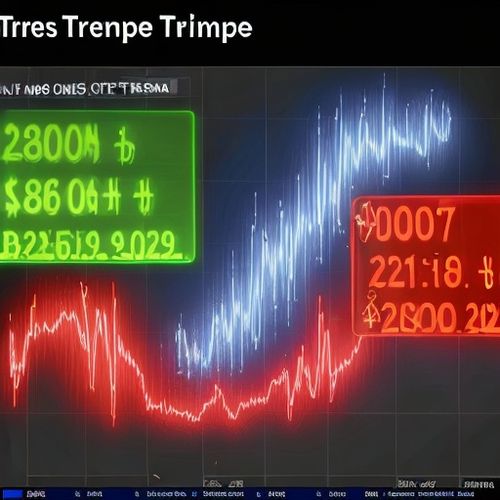
By Sarah Davis/Apr 7, 2025

By Samuel Cooper/Apr 7, 2025
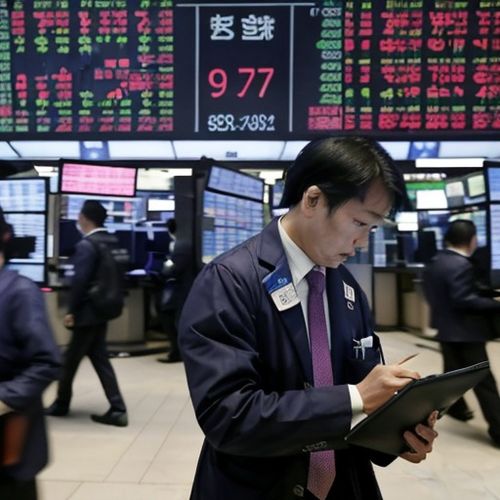
By Grace Cox/Apr 7, 2025
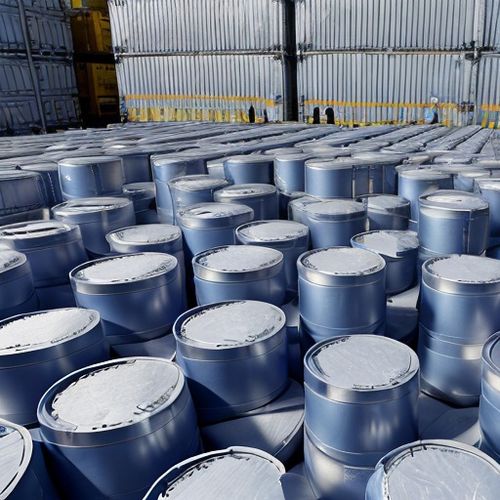
By Thomas Roberts/Apr 7, 2025

By Olivia Reed/Apr 7, 2025

By Daniel Scott/Apr 7, 2025

By Megan Clark/Apr 7, 2025

By Samuel Cooper/Apr 7, 2025
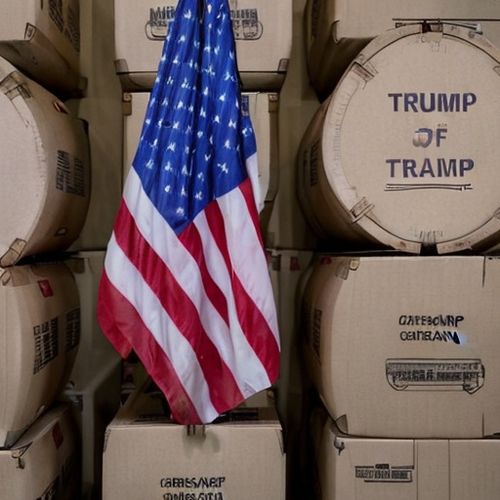
By William Miller/Apr 7, 2025

By John Smith/Apr 7, 2025

By Samuel Cooper/Apr 6, 2025
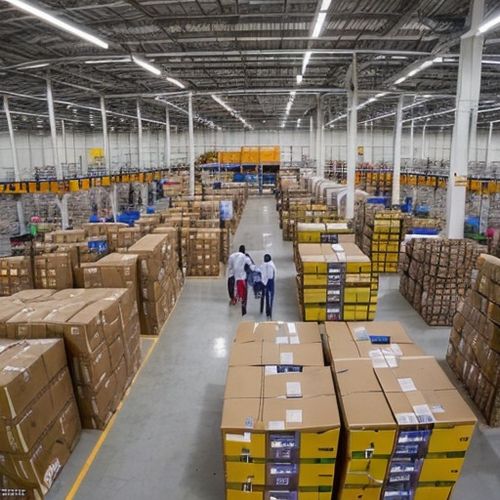
By Lily Simpson/Apr 6, 2025

By Daniel Scott/Apr 6, 2025

By Grace Cox/Apr 6, 2025

By Olivia Reed/Apr 6, 2025

By Emma Thompson/Apr 6, 2025

By Rebecca Stewart/Apr 6, 2025